How do I hide the address bar on iPhone?
I tried two different methods so far:
The scroll down one pixel trick with JavaScript on page load
And the following meta tags:
<meta name="viewport" content="width=device-width; initial-scale=1.0; maximum-scale=1.0; user-scalable=0;" /><meta name="apple-mobile-web-app-capable" content="yes" />
Also this:
<meta names="apple-mobile-web-app-status-bar-style" content="black-translucent" />
I am completely confused.
PS: Oh, I forgot a really important thing: the web page itself does not overflow the browser window. It probably is the reason why the 1 pixel scrolldown trick does not work.
I can't make it bigger, since the hit thing about the design, that everyone can scroll, but this page folds... :)
